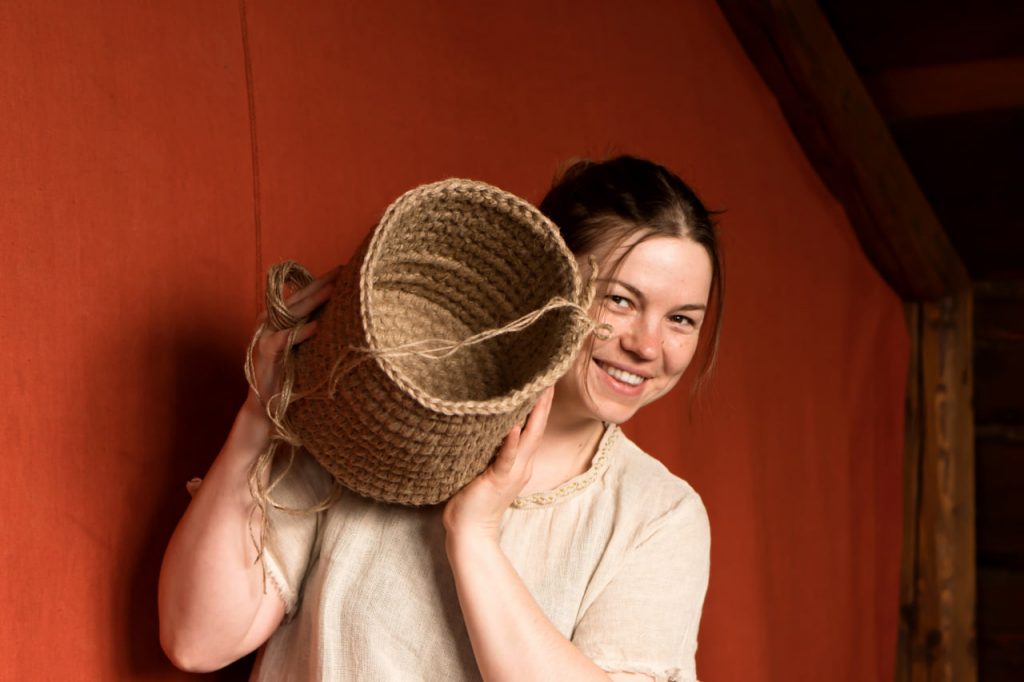When I first stumbled upon Basketry Traditions, I never imagined how much the experience would transform me—not just as a creator, but as a person. My journey into basket weaving began with curiosity, but it soon became something deeper, something more meaningful than I could have anticipated.
I’d always been drawn to handmade crafts and the stories they tell. There’s something magical about working with your hands to create something beautiful and functional. But I had never tried my hand at basket weaving, and I wasn’t sure if I could master the delicate art. Still, something about the course offerings at Basketry Traditions spoke to me. Maybe it was the promise of learning a time-honored craft that connected me to history, or maybe it was simply the allure of working with natural materials.
The moment I walked into the workshop, I felt the warmth and sincerity of the instructors. They greeted us with open arms and shared the rich cultural histories behind the baskets we would be weaving. What struck me immediately was their passion—not just for the craft, but for the people and the traditions behind it. Every basket we would make was rooted in a deep story, a story passed down through generations. I was about to become part of something bigger than myself.
The course began with an introduction to the materials: willow, reed, and other natural fibers. I was fascinated by how each material had its own unique texture and character. I never realized how much thought and care goes into selecting the right materials for a basket. We learned how to harvest and prepare them, how to treat them so that they would bend and flex in our hands as we wove. In those first few hours, I learned something vital: basketry is about patience, precision, and a deep respect for the materials you’re working with.
As we moved into the actual weaving process, the world outside the workshop seemed to fade away. My hands became focused on the task at hand—the rhythmic motion of weaving in and out, over and under. It was like a form of meditation. Every twist of the reed brought a new shape, a new pattern, a new possibility. The instructor was right there, guiding us at every step, offering advice, encouragement, and gentle correction when necessary. With every completed row, I could feel myself becoming more connected to the craft—and to the people who had practiced it long before me.
By the end of the course, I had crafted my very first basket—a simple yet beautiful piece, with smooth curves and a sturdy base. It was a personal triumph, but it was also a reminder of something much greater: the deep connection between people and the earth. Basketry isn’t just about creating functional objects. It’s about engaging with the materials that grow around us, understanding the natural world, and weaving together stories of community, tradition, and sustainability.
What I didn’t expect, however, was the profound impact it would have on me personally. The act of weaving forced me to slow down. The world is constantly moving, pulling us in a million directions, but basket weaving demands your full attention. It’s a quiet, grounded process, one that encourages you to take a breath, be present, and appreciate the moment.
I’ve walked away from this course with more than just a beautiful basket. I’ve gained a deeper appreciation for the art of basketry and the traditions it carries. More importantly, I’ve connected to a piece of history and culture that I didn’t fully understand before, but that now feels like a part of me. It’s a practice that invites mindfulness and creativity, and it’s something I want to continue to explore.
I’m already planning my next course with Basketry Traditions, eager to learn more techniques, work with new materials, and refine my craft. If you’ve ever thought about exploring basket weaving, I can’t recommend it enough. It’s a journey that will take you into the heart of an ancient tradition, but it will also take you deeper into your own creativity and connection to the world around you.

